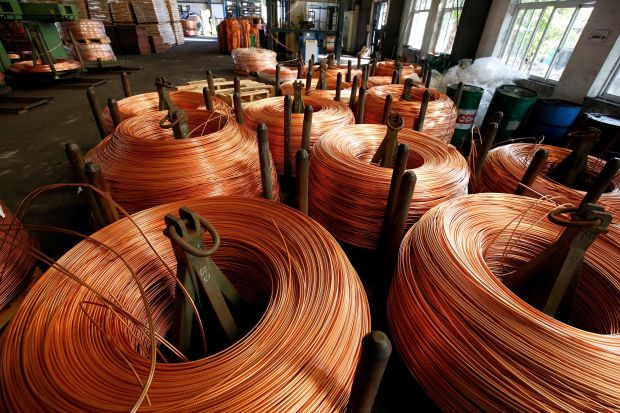Copper: Ubiquitous, Tremendously
There is no shortage of copper in our everyday life. As a matter of fact, there are very few spheres where copper – and, in particular, copper wire – does not play at least a small part in making things work.
Let us take, for example, the prevalence of electricity. Life as we know it would grind to a complete stop in a matter of minutes if the life line of electricity were to be cut off for some reason. Since the entire system of power provision runs on the infrastructure made of metals and plastics that are manufactured to be above certain standards. Copper wire falls under such strictly monitored infrastructure, since it would not be practical to let any quality of copper wire be relied upon to deliver power to homes, factories and workplaces.
Even the simplest electrical and electronic devices use one form of copper or another, and even where aluminum has replaced or supplanted copper, we can be sure that copper still holds its ground in the majority of sectors where it has traditionally been used.
There is, like said above, virtually no area of modern life that is untouched by copper, whether in wire form or not. Its ductility and malleability have long been considered excellent by any standards of human usage, right from making utensils and tools in the early days of human civilization to the most advanced supercomputers that are defeating human players at the game of Go.
Copper Wire: Thinned & Tinned!
Now, just because copper is a versatile, useful, workable (in terms mentioned earlier, i.e. malleable and ductile) and above all, conductive, this list of good characteristics does not automatically mean it can be used as it exists (or has been used earlier) in all situations. Certain specific applications require different characteristic of materials than just plain old copper.
Enter the advantage of pairing or mixing two or more metals into one alloy – and sometimes, just putting them together structurally, without any chemical interaction between the two (or three, or four, or more).
The most important quality that we can seek to impart to copper, as useful as it is, is to ensure it remains in prime shape throughout the life of the component it has been used. Tin is the material that can be used (and has been already) to make tinned copper wire, which makes the wire resistant to corrosion from humidity, which is quite a huge factor in tropical climates such as ours. As an added advantage, tinned copper wire also makes it easy to solder those tricky little components that make electronics tick.
Suffice to say, copper wire, and especially tinned copper wire, has enabled more than what could have been achieved using just plain old copper – not to demean copper in any way: it is an unimaginably useful metal for humans!
